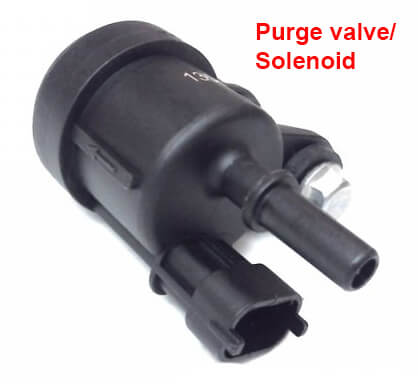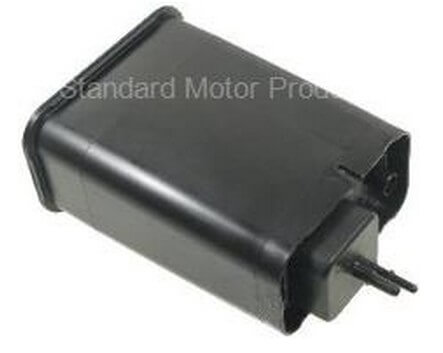How the evaporative emissions system works
Learn why carmakers install an evaporative emissions system and how it works to reduce air pollution
The evaporative emissions system is an essential component of modern vehicles that helps to reduce the amount of harmful pollutants released into the atmosphere. The system works by capturing fuel vapors that are produced in the fuel tank and storing them in a charcoal canister. The fuel vapors are then purged into the engine to be burned, which generates power and reduces emissions.
In vehicles without an evaporative emissions system, the raw fuel vapors would vent into the atmosphere during fill up and during fuel exapansion in the tank. Those vapors contributed to smog formation.
System components
The evaporative emissions system consists of several components that work together to control the pressure and flow of the fuel vapors.
• Fuel tank
• Fuel filler neck
• Vent valve
• Purge valve
• Charcoal canister,
• Pressure sensor.
How it captures fuel vapor
During fill up, the purge valve is closed and the fuel vapors that used to escape into the atmosphere are forced into the charcoal canister where they’re absorbed and held. As you use fuel and vapors are in the tank, those are also absorbed by the charcoal.
How the system is purged
The vehicle detects that you’ve added fuel by monitoring the  fuel gauge. On the next startup, the system opens the purge valve and the vent valve. The purge valve is located in the engine compartment and is connected to the intake. Manifold vacuum sucks fuel vapor from the charcoal canister and fresh air comes into the canister through the vent valve. This is basically an air flush.
fuel gauge. On the next startup, the system opens the purge valve and the vent valve. The purge valve is located in the engine compartment and is connected to the intake. Manifold vacuum sucks fuel vapor from the charcoal canister and fresh air comes into the canister through the vent valve. This is basically an air flush.
The PCM monitors the purge process by watching the engine RPMs and the oxygen sensor. The fuel being sucked into the intake changes engine RPM and the O2 sensor readings. Once the canister is purged, it detects that only air is entering the intake. At that point, it closes the vent valve.
Since the purge valve is still open, a vacuum is applied to the entire fuel system. The PCM closes the purge valve and monitors the fuel pressure valve to see if it holds steady. If the vacuum deteriorates, the PCM will set an evaporative emissions code, based on the rate of vacuum deterioration.
What causes an evaporative emissions trouble code
The drop in vacuum can be caused by any of the following:
• Leaking purge valve
• Leaking vent valve
• Leaking gas cap
• Leaking filler neck or vent
• Leaking hoses from the tank to the canister or from the canister to the purge valve
• Leaking charcoal canister
The most common causes of an evaporative emissions trouble code
Stuck open purge valve
Crack in a hose from the canister
Restriction in the vent valve
© 2022 Rick Muscoplat
Posted on by Rick Muscoplat
